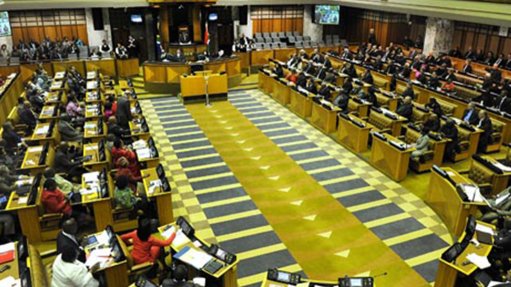
A more efficient mechanism to record attendance will come into operation in the National Assembly (NA) Chamber from the second quarter of the 2015 Parliamentary annual session.
The biometric member identification system which uses Members’ fingerprints – captured at the start of the establishment of the fifth democratic Parliament – will replace the current manual recording system of recording attendance.
The electronic attendance recording system will apply initially only to NA plenary sittings and will be rolled out to committee meetings at a later date.
Currently, Members’ attendance of House and Committee sittings is the responsibility of their political parties. A new policy on Members’ attendance and leave was adopted in March 2014 but rules still have to be finalised before the policy can be implemented. The policy provided that political parties were responsible for managing and controlling their Members’ absence from Parliament. However, it also recognised that Members had a dual responsibility – to their political party and to Parliament as an institution – and provided for permission for absence to be sought also from the relevant House.
The biometric fingerprint readers are part of the recent comprehensive information technology upgrade to the NA Chamber.
The upgrade included larger desktop screens, additional information system functions, simpler system navigation and interface, quicker start-up time, lower noise levels, reduced heat emissions and power consumption and separate voting and request-to-talk systems. Microphones for Members to talk from the floor also increased from 58 to 90.
Biometric readers were installed in the National Council of Provinces Chamber when that Chamber was upgraded in 2011.
In addition, to upgrades to the information technology in the two Chambers, improvements to Parliament’s broadcast quality and capability also became operational from February. The improved broadcast infrastructure enables Parliament to provide greater variety of audio visual feed. It is expected that, by September, 14 committee meeting venues will have live broadcast feed facilities.
Issued by Parliament of RSA